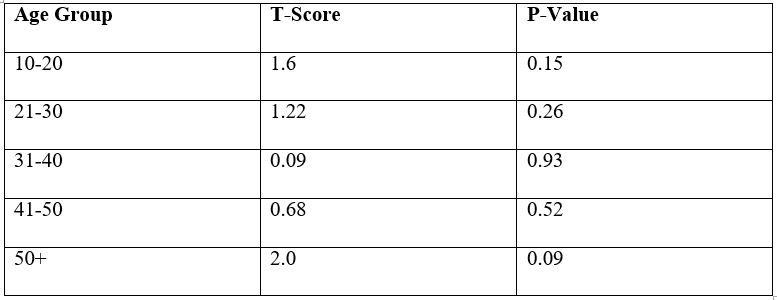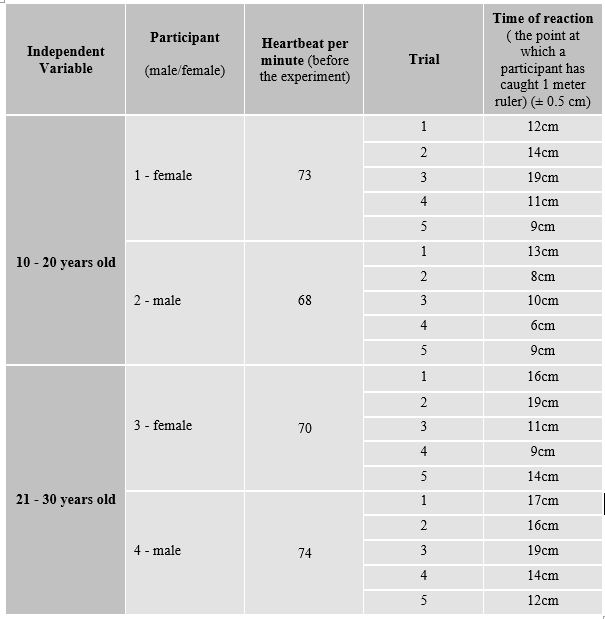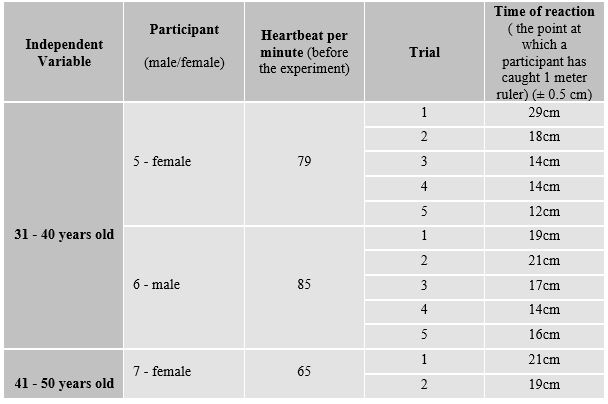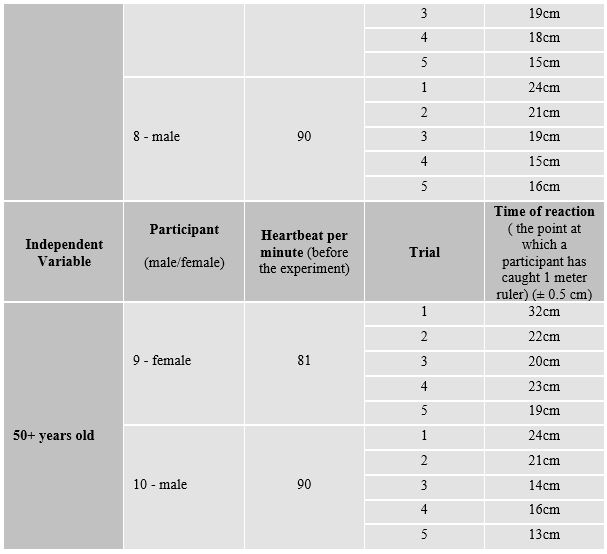 All papers examples
All papers examples
Disciplines

- MLA
- APA
- Master's
- Undergraduate
- High School
- PhD
- Harvard
- Biology
- Art
- Drama
- Movies
- Theatre
- Painting
- Music
- Architecture
- Dance
- Design
- History
- American History
- Asian History
- Literature
- Antique Literature
- American Literature
- Asian Literature
- Classic English Literature
- World Literature
- Creative Writing
- English
- Linguistics
- Law
- Criminal Justice
- Legal Issues
- Ethics
- Philosophy
- Religion
- Theology
- Anthropology
- Archaeology
- Economics
- Tourism
- Political Science
- World Affairs
- Psychology
- Sociology
- African-American Studies
- East European Studies
- Latin-American Studies
- Native-American Studies
- West European Studies
- Family and Consumer Science
- Social Issues
- Women and Gender Studies
- Social Work
- Natural Sciences
- Anatomy
- Zoology
- Ecology
- Chemistry
- Pharmacology
- Earth science
- Geography
- Geology
- Astronomy
- Physics
- Agriculture
- Agricultural Studies
- Computer Science
- Internet
- IT Management
- Web Design
- Mathematics
- Business
- Accounting
- Finance
- Investments
- Logistics
- Trade
- Management
- Marketing
- Engineering and Technology
- Engineering
- Technology
- Aeronautics
- Aviation
- Medicine and Health
- Alternative Medicine
- Healthcare
- Nursing
- Nutrition
- Communications and Media
- Advertising
- Communication Strategies
- Journalism
- Public Relations
- Education
- Educational Theories
- Pedagogy
- Teacher's Career
- Statistics
- Chicago/Turabian
- Nature
- Company Analysis
- Sport
- Paintings
- E-commerce
- Holocaust
- Education Theories
- Fashion
- Shakespeare
- Canadian Studies
- Science
- Food Safety
- Relation of Global Warming and Extreme Weather Condition
Paper Types

- Movie Review
- Essay
- Admission Essay
- Annotated Bibliography
- Application Essay
- Article Critique
- Article Review
- Article Writing
- Assessment
- Book Review
- Business Plan
- Business Proposal
- Capstone Project
- Case Study
- Coursework
- Cover Letter
- Creative Essay
- Dissertation
- Dissertation - Abstract
- Dissertation - Conclusion
- Dissertation - Discussion
- Dissertation - Hypothesis
- Dissertation - Introduction
- Dissertation - Literature
- Dissertation - Methodology
- Dissertation - Results
- GCSE Coursework
- Grant Proposal
- Admission Essay
- Annotated Bibliography
- Application Essay
- Article
- Article Critique
- Article Review
- Article Writing
- Assessment
- Book Review
- Business Plan
- Business Proposal
- Capstone Project
- Case Study
- Coursework
- Cover Letter
- Creative Essay
- Dissertation
- Dissertation - Abstract
- Dissertation - Conclusion
- Dissertation - Discussion
- Dissertation - Hypothesis
- Dissertation - Introduction
- Dissertation - Literature
- Dissertation - Methodology
- Dissertation - Results
- Essay
- GCSE Coursework
- Grant Proposal
- Interview
- Lab Report
- Literature Review
- Marketing Plan
- Math Problem
- Movie Analysis
- Movie Review
- Multiple Choice Quiz
- Online Quiz
- Outline
- Personal Statement
- Poem
- Power Point Presentation
- Power Point Presentation With Speaker Notes
- Questionnaire
- Quiz
- Reaction Paper
- Research Paper
- Research Proposal
- Resume
- Speech
- Statistics problem
- SWOT analysis
- Term Paper
- Thesis Paper
- Accounting
- Advertising
- Aeronautics
- African-American Studies
- Agricultural Studies
- Agriculture
- Alternative Medicine
- American History
- American Literature
- Anatomy
- Anthropology
- Antique Literature
- APA
- Archaeology
- Architecture
- Art
- Asian History
- Asian Literature
- Astronomy
- Aviation
- Biology
- Business
- Canadian Studies
- Chemistry
- Chicago/Turabian
- Classic English Literature
- Communication Strategies
- Communications and Media
- Company Analysis
- Computer Science
- Creative Writing
- Criminal Justice
- Dance
- Design
- Drama
- E-commerce
- Earth science
- East European Studies
- Ecology
- Economics
- Education
- Education Theories
- Educational Theories
- Engineering
- Engineering and Technology
- English
- Ethics
- Family and Consumer Science
- Fashion
- Finance
- Food Safety
- Geography
- Geology
- Harvard
- Healthcare
- High School
- History
- Holocaust
- Internet
- Investments
- IT Management
- Journalism
- Latin-American Studies
- Law
- Legal Issues
- Linguistics
- Literature
- Logistics
- Management
- Marketing
- Master's
- Mathematics
- Medicine and Health
- MLA
- Movies
- Music
- Native-American Studies
- Natural Sciences
- Nature
- Nursing
- Nutrition
- Painting
- Paintings
- Pedagogy
- Pharmacology
- PhD
- Philosophy
- Physics
- Political Science
- Psychology
- Public Relations
- Relation of Global Warming and Extreme Weather Condition
- Religion
- Science
- Shakespeare
- Social Issues
- Social Work
- Sociology
- Sport
- Statistics
- Teacher's Career
- Technology
- Theatre
- Theology
- Tourism
- Trade
- Undergraduate
- Web Design
- West European Studies
- Women and Gender Studies
- World Affairs
- World Literature
- Zoology
Reaction Times, Lab Report Example
Hire a Writer for Custom Lab Report
Use 10% Off Discount: "custom10" in 1 Click 👇
You are free to use it as an inspiration or a source for your own work.

Introduction
Human responses to stimuli have enhanced our ability to survive as a species. Such responses inform us when we touch an object that is hot and should move our hand, that we’re cold and should seek warmth, and should catch something that is falling. All of these behaviors increase our ability to both live longer and lead a more comfortable life. When many people grow old however, they begin to react to certain things more slowly, which may impair their ability to avoid certain accidents. Although this is a common observation, little research has been done regarding the age at which this phenomenon begins. In addition, other factors that determine reaction time, such as gender, have not been studied. Therefore, it is important to study the relationship between these characteristics with reaction time so we are able to understand the portion of our population that is more likely to engage in accidents as a result of this slow reaction time.
Furthermore, many people believe that reaction time is somehow tied into an individual’s metabolism. It is known that certain people have faster metabolisms than others, so it would make sense that someone with a faster metabolism may react to a stimulus more quickly than a person with a slow metabolism. Although it is impossible to measure metabolism as a whole, this can be done using heartbeat per minute; people with more heart beats per minute typically have a faster metabolism.
I hypothesize that as people get older, they will have a longer reaction time, with the 50+ crowd as the slowest. In addition, I hypothesize that there will be no difference in reaction time between the male and female participants in the study. Lastly, I believe that faster heartbeats will be associated with a quicker reaction time.
Materials and Methods
To determine the reaction time between people of different age groups, gender, and heartbeat per minute, I gathered five groups of two people. The five groups were broken up into age groups as 10 to 20 year olds, 21 to 30 year olds, 31 to 40 year olds, 41 to 50 years old, and a 50 and over group. In each group, one female and one male was studied. Heartbeat per minute was determined on each participant by feeling for their pulse in their wrist and counting manually while using a phone timer to keep track of the minute.
In each test, the participant was asked to catch a 1 meter ruler which I dropped from the height of each participant’s head to ensure that they would each be catching the ruler at a proportional distance. The test was repeated five times for each individual and the average number of trials was calculated. A student t-test was conducted to compare the reaction time between males and females. Any test with a p-value of less than 0.05 was considered to be statistically significant.
Results
Table 1A in the appendix shows all of the raw data gathered for the participants in each age group. Generally, heartbeat per minute increases with the age of the participant regardless of gender and is associated with a lower reaction time. The information listed provides their gender, heartbeat per minute, and reaction time according to the individual trial. Table 1 below shows the reaction times according to gender and age group. It took the 51+ age group the longest to react for the females and it took the 41-50 age group the longest to react for the males.

Table 1 Reaction Times for Gender and Age Group
Table 2 shows the differences in reaction time between males and females according to the individual age group category. The difference between reaction time for all five age groups was not statistically significantly different according to gender.

Table 2 – Differences in Reaction Time Between Males and Females
Discussion
As predicted, the reaction time increases as the subjects age and there is no statistically significant difference in reaction time between males and females. Furthermore, heart rate generally increases as reaction time increase. However, it is important to consider that the biological factors in this study may be impacted by confounding variables. For example, it is likely that the heart rate of the participants increased as they age because people tend to have slower metabolisms and reaction times as they get older. Age is a confounding variable of these two factors; even though they are both related to age, the two factors themselves are not related.
Although the study reflected the trends expected according to biological fact, it may be worthwhile to repeat it using a larger sample size. Since only one male and one female was used for each age group, it is unlikely that the small number of individuals used will truly reflect the entire population’s reaction time. Specific age rather than categorization according to range, race, and health characteristics may impact the reaction time. For example, if one of the participants suffer from severe back problems that are unrelated to age, the results will be biased and appear as if the age group is incapable of reacting quickly as a whole even though only one individual reacted slowly.
Once a larger population is gathered for this type of test, it will be useful to use a broader array of statistical testing. ANOVA would be useful to compare the groups based on all three variables, age, gender, and heart rate. In addition, multivariate regression models could be used if other characteristics of the participants are taken consideration in order to truly determine the features that impact reaction time of the population.
Lastly, an important future question to ask on this topic is regarding illness. We know that aging diseases contribute to slow response times, but it is possible that other diseases impact this relationship as well. Since slow reaction time could increase the likelihood of a person getting into an accident, this information has important health implications. Interesting diseases to study on this basis would be Parkinson’s and diseases with similar motor impairments.
Appendix



Table 1 – Reaction Time Raw Data

Stuck with your Lab Report?
Get in touch with one of our experts for instant help!
Tags:

Time is precious
don’t waste it!
writing help!


Plagiarism-free
guarantee

Privacy
guarantee

Secure
checkout

Money back
guarantee

